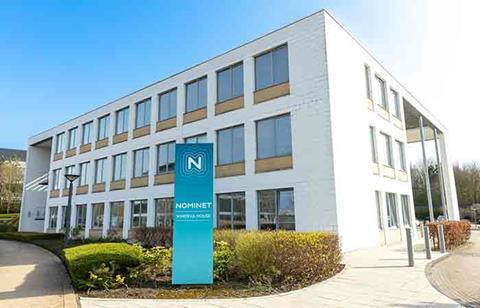
After discovering that many of its around 250 employees were unaware of the full extent of the benefits available to them, or did not fully understand how to use these, technology firm Nominet decided to focus on elevating awareness and improving the communication around hidden or underused benefits.
Nominet has two main periods in the year where it promotes its benefits during their renewal windows via its weekly internal newsletter, management meetings and on Sharepoint. At these times, it also conducts roadshows to educate employees on the available options, costs and how to make selections. These are now online to make the process more accessible to all following the shift to hybrid working.
It also developed a benefits platform that provides detailed information on choices, core options and flexible extras. The aim of the platform is to make the benefits process more interactive and accessible, allowing staff to calculate costs and make informed decisions about what they choose.
Employees are involved in the process of benefits communication by gathering regular feedback through surveys and focus groups to understand the perceived value of the current benefits on offer and identify areas for improvement, explains Beverley Hamblet-Bowes, director of HR at Nominet.
“This feedback helps us benchmark the relevance of the benefits package and make informed decisions about potential changes,” she says. “We aim to provide benefits information and nudges at onboarding, regular pulse surveys and exit interviews. This ensures our staff are aware of the benefits available to them throughout their employment journey. We try to encourage our workforce to boost awareness and serve as knowledgeable resources and advocates for the benefits programme.”
Nominet recognises that no employee is the same and that they have a diverse range of needs and preferences, based on factors such as age, life stage and personal circumstances. It uses feedback to ensure its benefits package and communications cater to the varying needs of its different employee segments.
The organisation also uses employee feedback as a basis for ongoing review and refinement of its benefits communication strategy, which allows it to stay responsive to evolving employee needs and preferences and make improvements over time.
“We are open to employee suggestions and requests for new benefits or enhancements to the existing offerings, and evaluate these based on relevance, strategic alignment and commercial viability before making decisions,” says Hamblet-Bowes. “When considering new benefits, we may pilot them with a subset of employees to gather feedback and assess the impact before a wider rollout. This allows us to incorporate staff input and refine the offerings based on real-world experiences.”



